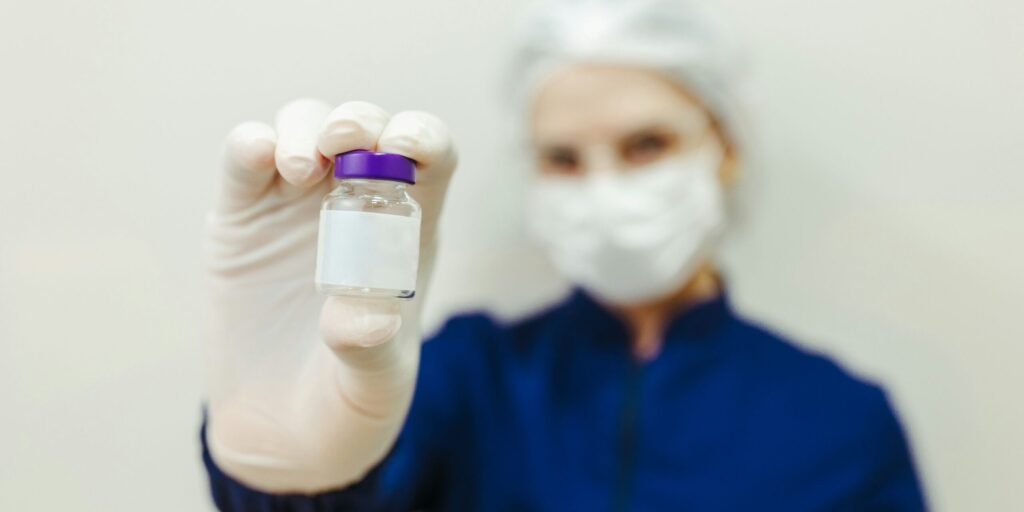On October 22, 2025, significant advancements in pharmaceutical leak detection were announced, marking a major step forward in ensuring the integrity of drug packaging. The new technologies, including vacuum testing systems and container closure integrity testing (CCIT), have been developed to detect and prevent leaks in pharmaceutical containers. These innovations are designed to reduce the risk of contamination, ensuring that medications remain safe, effective, and reliable for consumers.
Pharmaceutical leak detection plays a crucial role in maintaining the safety of medications. Any leakage in drug containers can lead to contamination, which not only compromises the effectiveness of the medication but can also pose serious health risks to patients. Leaks can introduce harmful bacteria, change the chemical composition of the drug, or result in the loss of active ingredients, rendering the medication unsafe for use. The new detection methods are expected to significantly mitigate these risks by providing more accurate and timely identification of any potential packaging failures.
One of the key advancements is the introduction of vacuum testing systems, which can simulate conditions that may cause leaks in pharmaceutical containers. These systems help identify weak points in packaging that could lead to contamination under certain environmental conditions, such as changes in pressure or temperature. This allows manufacturers to address potential issues before the drugs reach consumers, preventing costly recalls and ensuring the product’s integrity.
Another major development is container closure integrity testing (CCIT), which focuses on verifying that drug containers, such as vials or syringes, maintain a secure seal throughout their lifecycle. This testing method uses highly sensitive equipment to detect even the smallest leaks, ensuring that containers are completely sealed and safe for storage and transportation. By incorporating CCIT into their manufacturing processes, pharmaceutical companies can further strengthen the reliability of their products, reducing the likelihood of compromised medications reaching the market.
These new technologies are expected to improve compliance with regulatory standards, such as those set by the U.S. Food and Drug Administration (FDA) and the European Medicines Agency (EMA). As regulations around drug packaging and safety continue to evolve, the pharmaceutical industry will increasingly rely on advanced leak detection methods to meet rigorous quality standards and safeguard patient health.
The implementation of vacuum testing systems and CCIT represents a significant leap forward in pharmaceutical manufacturing, as it directly addresses one of the industry’s most critical challenges: ensuring that medications remain free from contamination. The enhanced detection capabilities will not only improve patient safety but also increase the confidence of consumers and healthcare providers in the quality and reliability of pharmaceutical products.
Looking ahead, these breakthroughs in leak detection technology are expected to inspire further innovations in drug packaging and quality control. As the pharmaceutical industry continues to evolve, the focus on safety and compliance will remain paramount, and these new technologies will play an essential role in maintaining the highest standards of patient care.


